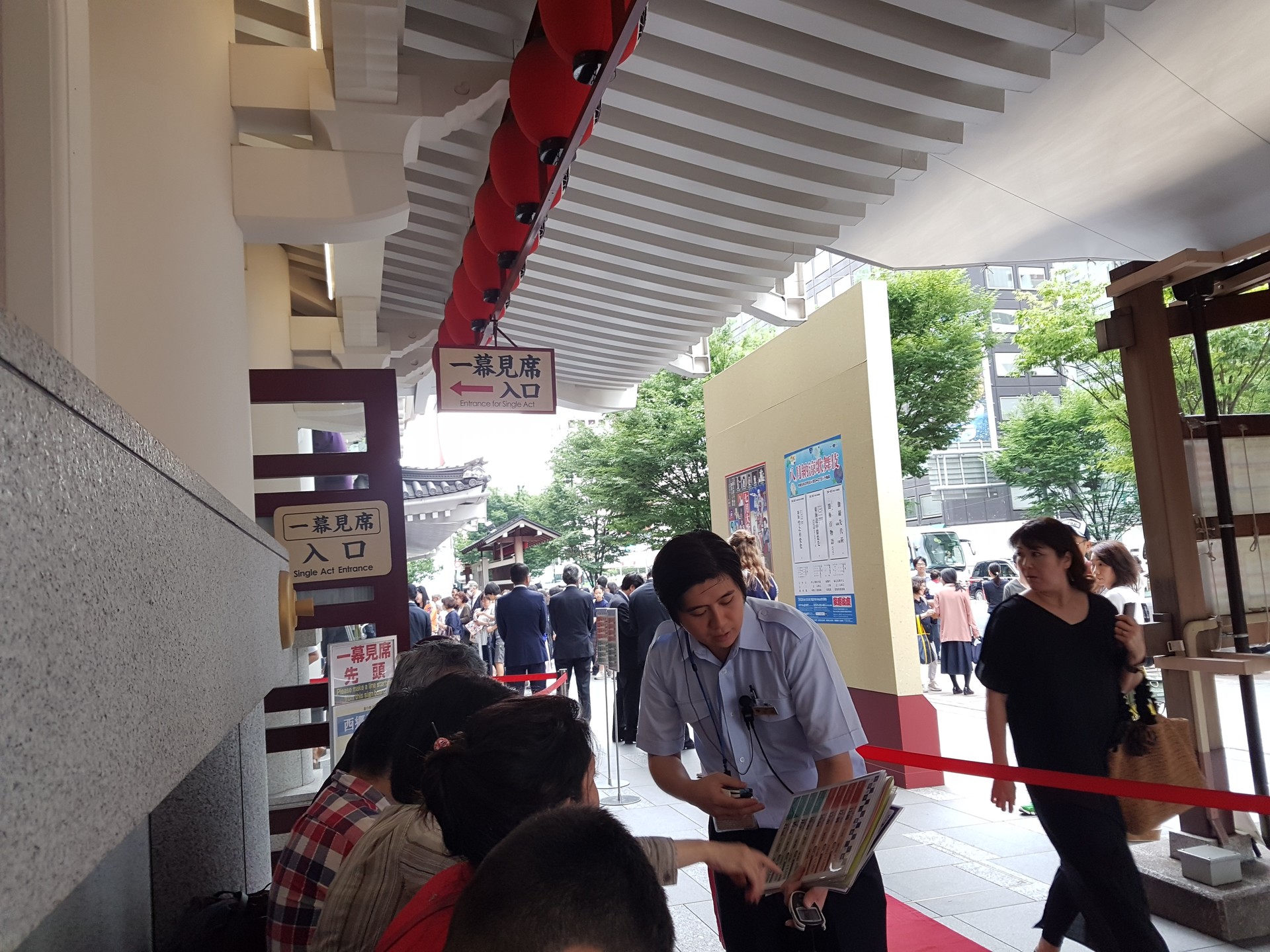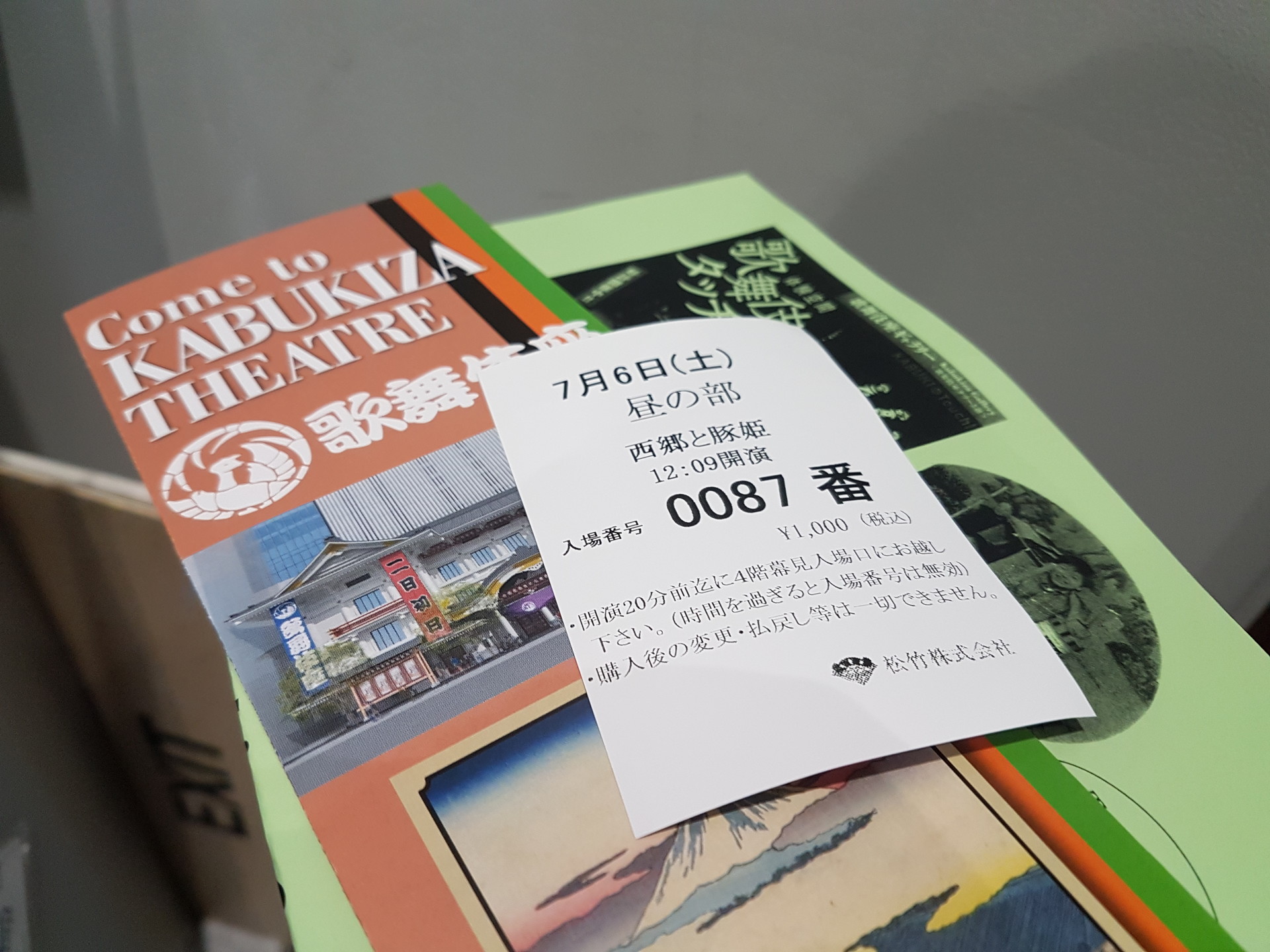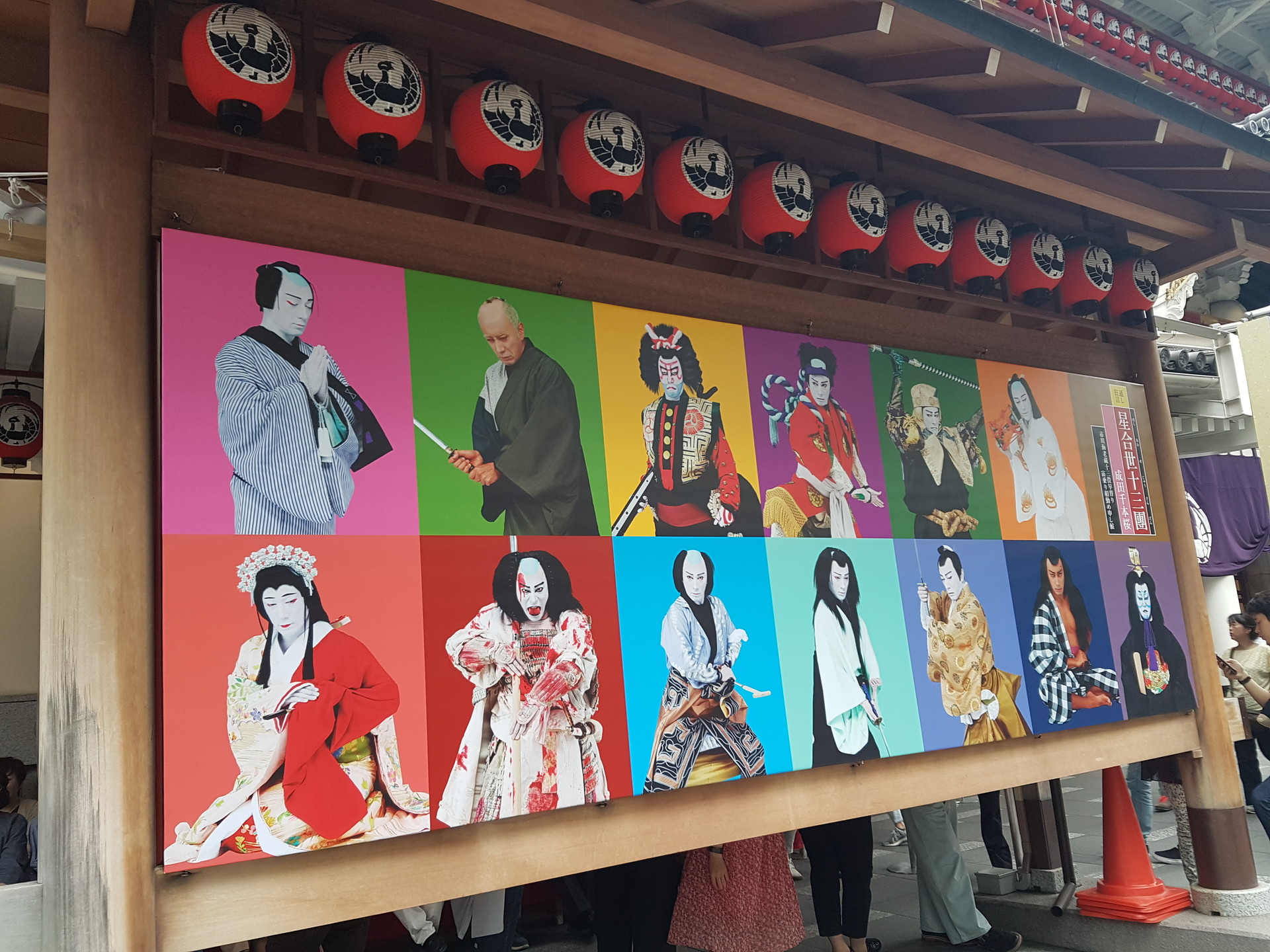Watching a Kabuki Show in Tokyo
I learned about the art of the Kabuki- an integral part in Japanese culture- during my Grade 7 Civics (History) class. Our teacher, who was a huge fan of theater, showed us some black and white clips of Kabuki performers, and I was hooked.
From the storyline to preparation and execution, Kabuki performers are dedicated to their craft- making sure that their moves and actions were in line with their characters. I also liked it that many Kabuki plays are set in the ancient times, when samurais, kings, emperors and even geishas roamed the land.
What was really cool was that almost, if not all these performers, were men who often had to cross-dress as female characters as well. The plots were also meaningful and laden with values.
I told myself, if seeing a Kabuki clip in black and white is mesmerizing, what more if I see it in person? Since then, it has been my dream to watch an authentic Kabuki show inside a grand theater.
This was on top of my list of priorities in my itinerary. I could not NOT attend a Kabuki show, most especially when the premier traditional kabuki drama theater- the Kabukiza Ginza- was relatively near my hotel.

Kabukiza Ginza Theater in all its glory.
Before I embarked on my Kabuki pilgrimage, I researched a bit on the theater schedules and how to purchase tickets. I checked the official website and found that there were two full shows each day- the matinee and the evening show. Each show is divided into three acts.
If you want to watch the full show, you'll have to purchase the tickets in advance- on the website. Take note that they only accept credit card payments. The most expensive tickets are about 17,000 Yen (160 USD) and the cheapest tickets are 3000 Yen (29 USD).
But if you don't have time to watch a full show, and you want to save on expenses, you can watch a single act show for only 1000 Yen (10 USD). That's what I chose to do, and I don't regret my decision.
But here are some things you should look out for when you decide to purchase a single act ticket:
1. You're not guaranteed a seat. You will most likely be standing at the back, behind the last row of seats, throughout the entire show. Some tourists were surprised, and one complained about it because she was wearing high heels.
2. Line up extra early for single act tickets. You can only purchase them on the spot at the Single Act Ticket Booth. You cannot reserve them on the website.
3. Make sure that your entire group is with you when you buy your tickets. The staff strictly follows the one ticket per person policy.
4. Taking photos, videotaping, and recording any part of the Kabuki show is strictly prohibited. Even taking photos of the theater during the intermission is not allowed.
5. For native English speakers, you may want to rent a Japanese to English translator device. The device is automatic and it plays while the Kabuki show is happening. I highly recommend it to anyone who wants to understand the story behind the show. The translator device costs 500 Yen, with another 500 Yen deposit. You can get the deposit back once you return it.
According to my itinerary, I was supposed to watch the first single act part of the matinee show, but I arrived thirty minutes late, so I had to wait in line for the second single act part.

The line at the Single Act Ticket Booth.
I was able to purchase a ticket, but the show was still thirty minutes from then. Instead of eating lunch, I decided to go inside the theater, lest I get lost outside and end up being late for the show.
There is a different entrance for single act ticket holders. It's quite hidden, but just ask the staff and they will help you out. There's an elevator that takes you up to the theater area.

A picture of my ticket with some brochures detailing the history of the theater.
When I walked through the theater area, I was amazed at how grand the hallways were. The floors were lined with red carpets, and there was even a free exhibit beside the single act ticket waiting area. I didn't really roam around the exhibit, because I wanted to sit down and wait for my number to be called by the staff.
Instead, I got my translator device and sat down in a quiet spot where I could read and familiarize myself with the rest of the plot.

Make sure to line up behind this sign if you have a single act ticket.
When I entered the theater, I was struck at how magnanimous and huge the theater was. it is truly befitting of being Tokyo's premier Kabuki theater.
The seats were arranged in a way that even when you're sitting at the back, you can still watch the show without any obstructions. The only drawback with the single act ticket is that you're standing all the time, so my legs and feet were *lowkey* dying. It's a good thing there is a platform behind me where I can sit and rest my feet.
Minutes after I entered the theater, the second act began. This time, the story revolved around the daily lives of a geisha and how she changed the life of a samurai by giving him hope to live. I found it very endearing and touching. The dialogue was both comical and dramatic. I really love how the actors portrayed their roles.
The show went on for an hour. Time flew so fast when you're entranced by something so beautiful and artful. I wish I bought the 3000 Yen ticket so I could watch the full show. Hopefully, I will be able to do that next time.
I am so thankful that I was able to watch a meaningful Kabuki play inside the magnificent and breathtakingly beautiful Kabukiza Ginza. When I come back to Japan, I definitely want to watch another Kabuki show again.

Kabuki poses in color.
Photo gallery
Want to have your own Erasmus blog?
If you are experiencing living abroad, you're an avid traveller or want to promote the city where you live... create your own blog and share your adventures!
I want to create my Erasmus blog! →




















Comments (0 comments)